

Uh oh...
It appears that you're using a severely outdated version of Safari on Windows. Many features won't work correctly, and functionality can't be guaranteed. Please try viewing this website in Edge, Mozilla, Chrome, or another modern browser. Sorry for any inconvenience this may have caused!
Read More about this safari issue.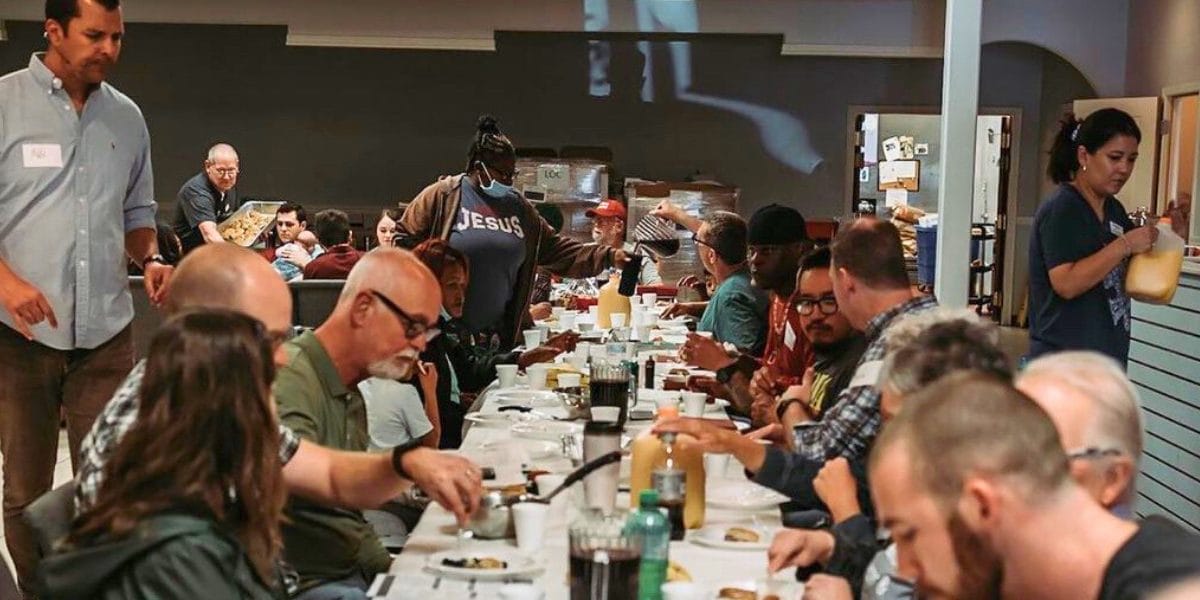

When did you last drive around your community with your eyes lifted? Looking around, eyes up and blinders down to what’s happening around you?
When was the last time you wondered about the story of a stranger next to you in a restaurant or coffee shop? Did you wonder where they are from or what happened in their world this morning?
Matt Newman has constantly challenged me to look at the world differently. More importantly, I want to contemplate building a genuine community with the people around me. Conversations with Matt often point me back to one thing – do you know what’s going on in their world, like really going on? Have you spent time learning their story, and do they know yours?
In his recently released book “Good in the Hood,” Matt challenges readers through practical knowledge of genuine relationships built through ministry and community with his neighbors. Over the last decade as a pastor, Matt and his family have been on a proximity journey, which is practically the easiest way to get to know people and is how communities have been built from the beginning of time.
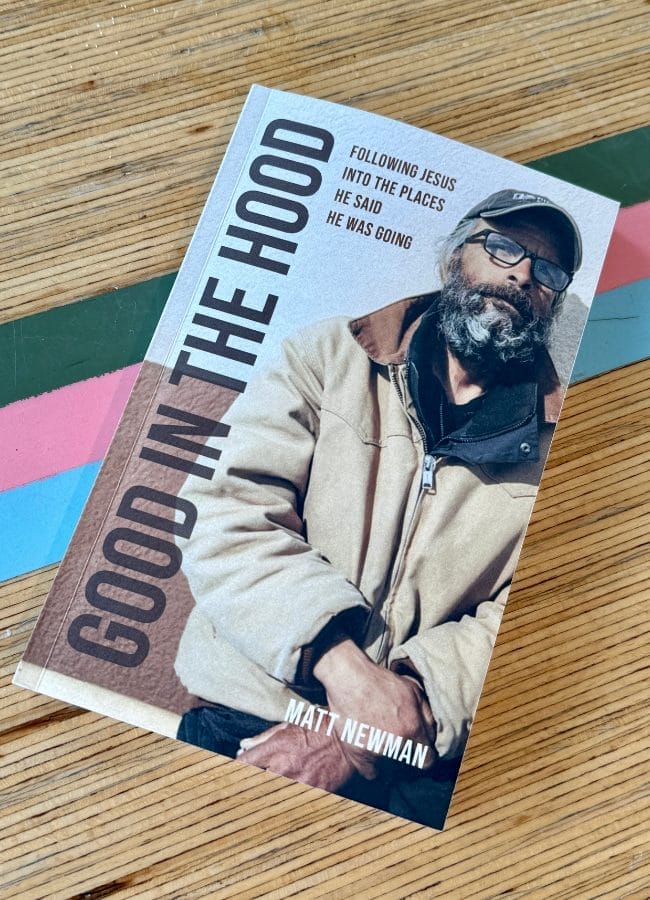
Through “Good in the Hood,” Matt walks us through looking at the social problems around us, learning the agents involved, meeting the people in the streets, and working toward solutions to cultivate change.
Matt was among the first to teach me that people are not projects. I’m not an obligation to another person trying to get to know me, and overly pursuing another person should not be on my to-do list. Instead, building an authentic community where I am, with the people around me, is the greatest gift as I raise a son and create a life for my family right where we are.
The problems surrounding poverty
As we define the concept of “poverty,” it’s important to work from a consistent mindset regarding the topic. Helping the vulnerable in your community includes focusing on those at or below the societal definition of the poverty line and representing overlooked and undervalued groups.
In 2024, the FPL, or Federal Poverty Line, is $31,200 for a family of four or $15,060 for an individual. In Arkansas, the basic cost of living is $46,000 for a family of four and $18,000 for a single adult. As you can see, many in Arkansas fall into the ALICE space, an alignment structure that measures the difference between what people make and what it costs to live. In Arkansas, 24% live in this place.
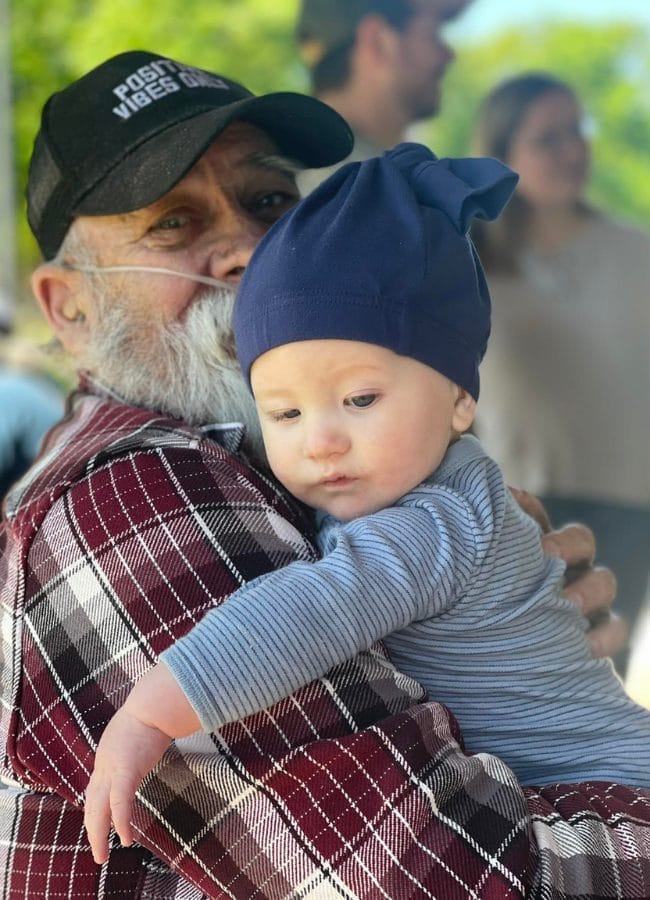
While citizens cannot resolve all the issues, our availability and vulnerability can transform lives in our community.
Community is the core value many of us crave and is the bottom-line value premise for people from all walks of life. But it’s not the only piece of the solution triad. His team at Samaritan Church in Springdale identified three components that help communities work toward poverty solutions.
- Sustainable Housing
- Dignified Work
- Dependable Community
So, what does this look like?
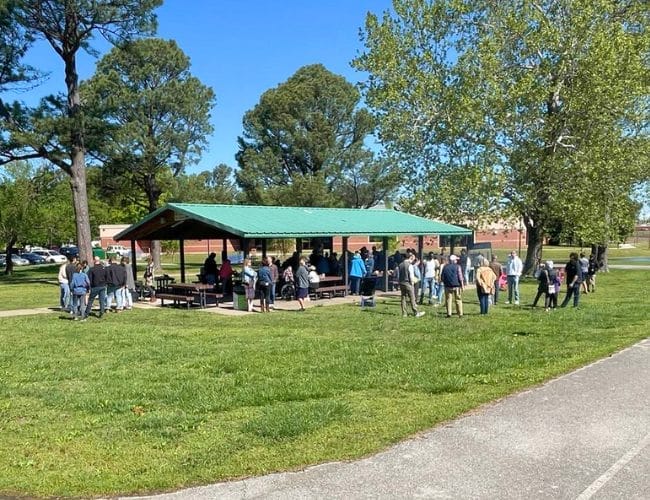
Practical things anyone can do for Good in the Hood:
- Learn the service agents around you. Where can you point people? Often, churches in a neighborhood, social workers, local shelters, niche service nonprofits, and school counselors are good places to start and learn what resources are available and where you can connect and point people in your neighborhood.
- Find a way for your family to be involved. It may take some time and creativity to figure out how to serve your community and where you can plug in. Move from rescuing to receiving. You have much to learn!
- SEE people. Look people in the eye, catch their attention, and smile. Try it for a week wherever you go. Find ways to catch someone you are passing and offer a smile in public. Use their name if you can identify it. Bring dignity to the mundane.
- Prepare to be uncomfortable. Often, as we move into places to serve the vulnerable, we must change our posture, hold loosely to the things around us, give up norms and have hard conversations with our children and family. It’s different, not bad, and not scary, but moving forward takes a mindset shift.
- Consistently show up at the same place. Whether a coffee shop or restaurant, repetitive behaviors breed continuity, and continuity gives you proximity to the same people.
- Apply the recess process to every part of your life. Our children often share their names when they make new friends at a park. We watch them show up and look for the same friend to be at the same place when they come over and over again. We should do the same.
- Create margin. Matt’s mentor says, “Until margin becomes part of your plan, you won’t be successful.” That stems from a challenge he received as he became a pastor of a church meeting these types of needs, “You are going to have to shift from efficiency to availability.”
- Contribute your resources to the organizations tackling these issues in your community. Time is a commodity, and they need you to show up, but financial resources make changes.

Matt often employs the A-T-T method to start conversations. When he’s nervous approaching or encouraging someone different from his norm, he starts noticing accents, tattoos and t-shirts. Using any of these to start a conversation usually eases tensions and gets someone talking about things that make them feel comfortable. When all else fails, ask someone how they spent their day today, but be prepared to listen to the answer!
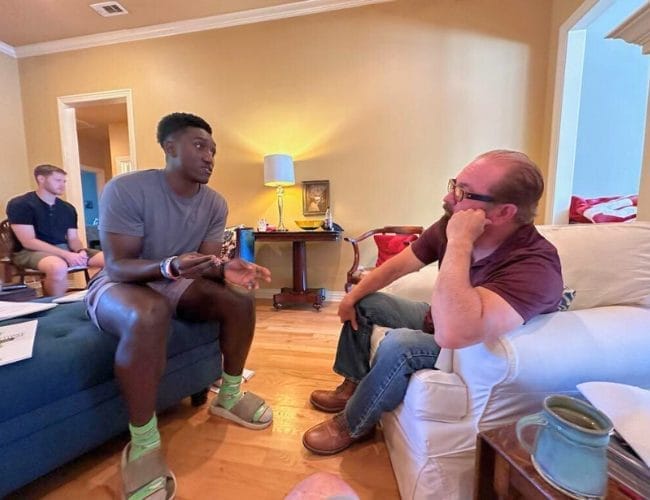
Who can be involved?
Anyone. Yep, YOU!
You are probably the kind of person who wants to help people – that’s why you’ve read this far! But lifting your eyes and being practical about how you see needs in your community invites you into the process.
This is not a box-checking selfie-snapping lifestyle (yes, lifestyle). Instead, you put your phone down, sit across the table from someone and get to know them, even if they burp during lunch, have an odd odor, or can’t quite make sense of the stories they share. A smile is shared in most languages to drop walls and break barriers.
What’s at risk?
- Your agenda
- Your timetable
- Your usual
- Going to vulnerable places
- Maybe even getting vulnerable yourself
Now that you’re thinking, decide on your next step. This kind of work is like running a marathon. It won’t happen tomorrow; it takes time. To be an official race, there must be runners, people passing out refreshments, and sponsors who make it official. Time to get in the race and do some Good in the Hood!
We do the work.
You check your email.
Sign up for our weekly e-news.
Get stories sent straight to your inbox!









Like this story? Read more from Keisha Pittman McKinney
From cotton fields to cultural icons, literary legends to civil rights...
Some places linger with you, not because of what they do but how they...
Arkansas is rich in stories. From frontiersmen and suffragists to cotton...
Join the Conversation
Leave a Comment